Description
Description :
A multi-line chart is a visual representation of data that displays multiple data series or variables on the same chart using lines. Each line represents a different data series, category, or variable, and the chart typically plots these lines against a common set of axes. This type of chart is commonly used to compare trends, patterns, or relationships between multiple variables over time or across categories. It provides a clear visual representation of how different variables change relative to each other and helps users identify correlations or discrepancies in the data.
The purposes of a multi-line chart include:
- Comparing Trends: Multi-line charts are effective for comparing trends in multiple variables over time or across different categories. They allow users to visually assess how different variables evolve relative to each other.
- Identifying Patterns: These charts help identify patterns or trends in data by displaying multiple lines representing different variables. Users can easily spot similarities or differences in the behavior of the variables.
- Analyzing Relationships: Multi-line charts enable the analysis of relationships between variables by visualizing how changes in one variable correlate with changes in others. This allows users to understand correlations and dependencies within the data.
- Monitoring Progress: Multi-line charts are useful for monitoring progress towards goals or targets by visualizing changes in multiple indicators over time. They provide a comprehensive view of performance across different metrics.
- Highlighting Differences: These charts help highlight differences in the behavior of different variables over time or across categories. Users can quickly identify which variables are increasing, decreasing, or remaining stable.
- Communicating Insights: Multi-line charts provide a clear and concise way to communicate insights and findings to stakeholders, decision-makers, and the general audience. They help convey complex information in an easily understandable format.
- Supporting Decision-Making: By visualizing changes in multiple variables, multi-line charts support decision-making processes by providing stakeholders with actionable insights. They inform strategic planning, resource allocation, and policy decisions by highlighting areas of concern or success.
Overall, multi-line charts serve as valuable tools for analyzing trends, identifying patterns, comparing variables, communicating insights, supporting decision-making, and monitoring progress in various domains.
The uses of a multi-line chart include:
- Comparing Trends: Multi-line charts allow for the comparison of trends in multiple variables over time or across different categories. Users can easily assess how different variables evolve relative to each other.
- Identifying Patterns: These charts help identify patterns or trends in data by displaying multiple lines representing different variables. Users can spot similarities or differences in the behavior of the variables.
- Analyzing Relationships: Multi-line charts enable the analysis of relationships between variables by visualizing how changes in one variable correlate with changes in others. This helps users understand correlations and dependencies within the data.
- Monitoring Progress: Multi-line charts are useful for monitoring progress towards goals or targets by visualizing changes in multiple indicators over time. They provide a comprehensive view of performance across different metrics.
- Highlighting Differences: These charts help highlight differences in the behavior of different variables over time or across categories. Users can quickly identify which variables are increasing, decreasing, or remaining stable.
- Communicating Insights: Multi-line charts provide a clear and concise way to communicate insights and findings to stakeholders, decision-makers, and the general audience. They help convey complex information in an easily understandable format.
- Supporting Decision-Making: By visualizing changes in multiple variables, multi-line charts support decision-making processes by providing stakeholders with actionable insights. They inform strategic planning, resource allocation, and policy decisions by highlighting areas of concern or success.
Overall, multi-line charts serve as valuable tools for analyzing trends, identifying patterns, comparing variables, communicating insights, supporting decision-making, and monitoring progress in various domains.
Only logged in customers who have purchased this product may leave a review.
Related products
-
- Sale!
Bollinger bands
-
$ 15Original price was: $ 15.$ 10Current price is: $ 10. - Add to cart
-
- Sale!
Volcano Contours
-
$ 15Original price was: $ 15.$ 10Current price is: $ 10. - Add to cart
-
- Sale!
Histogram
-
$ 15Original price was: $ 15.$ 10Current price is: $ 10. - Add to cart

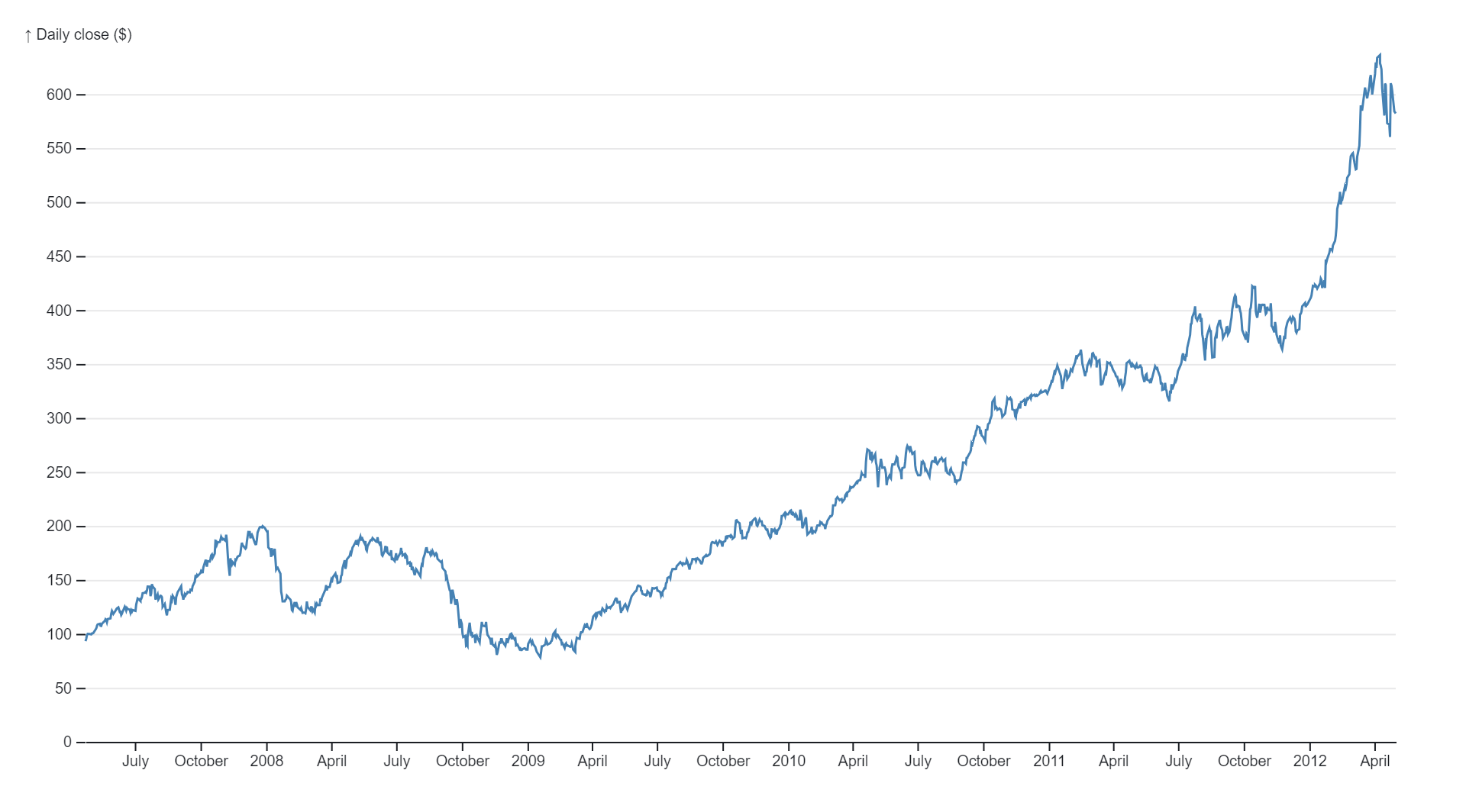
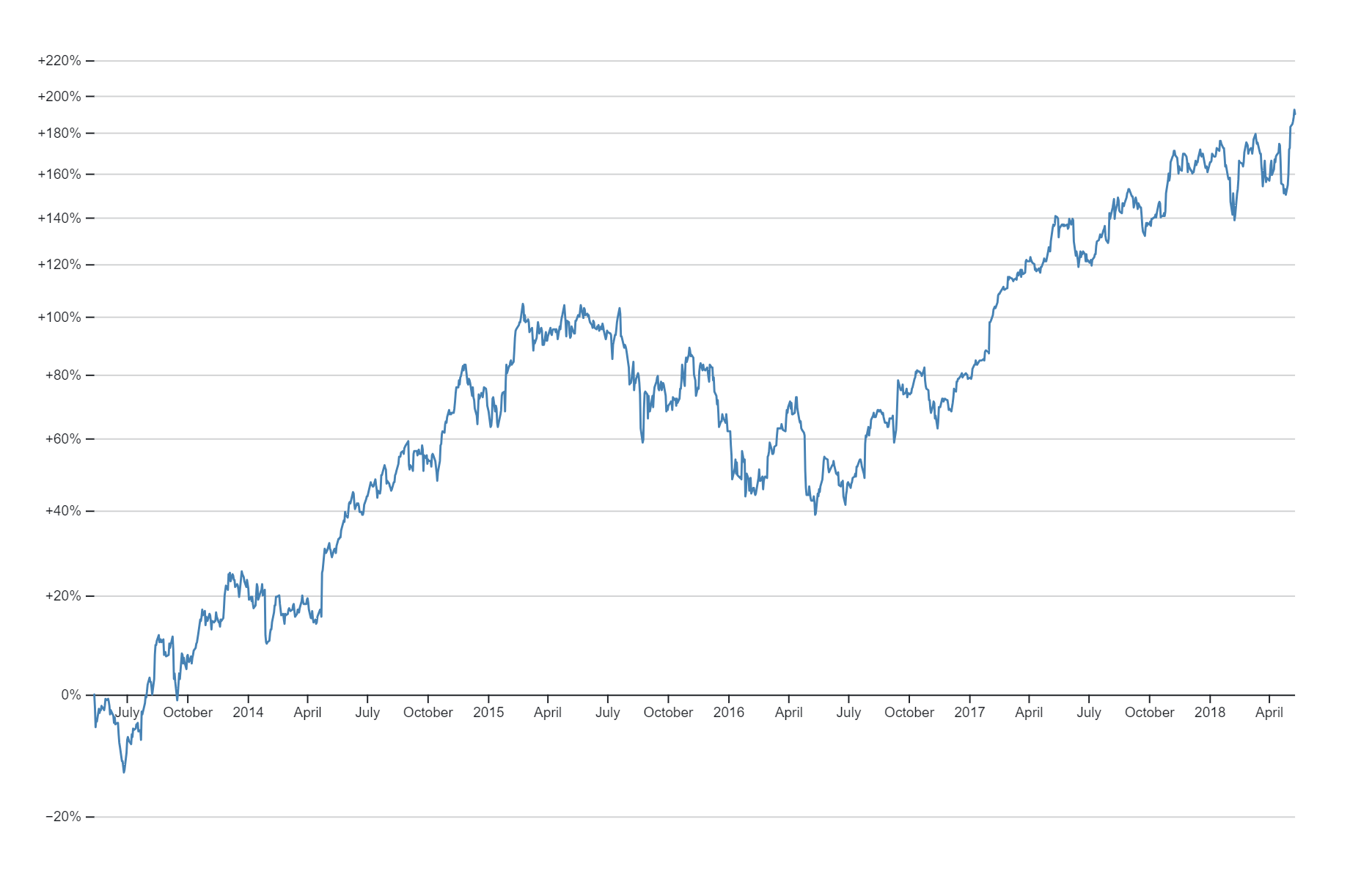
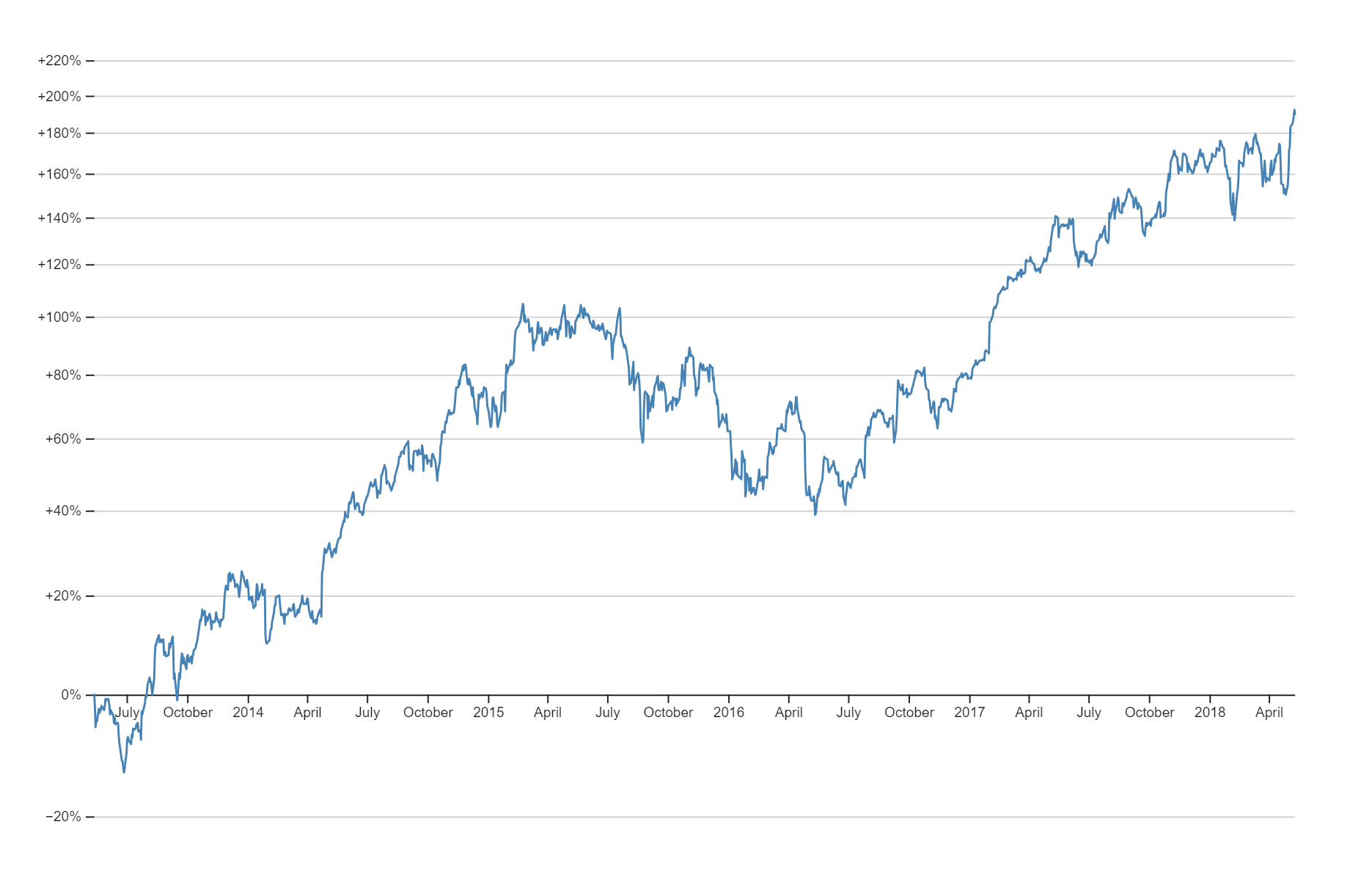
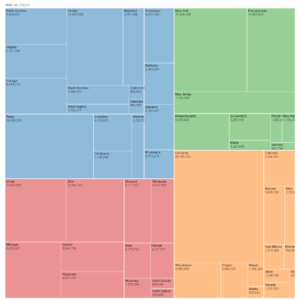
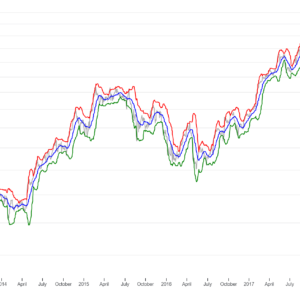
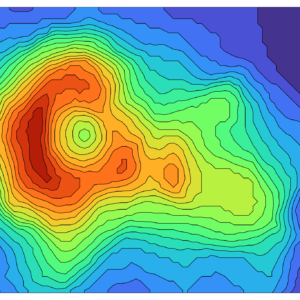
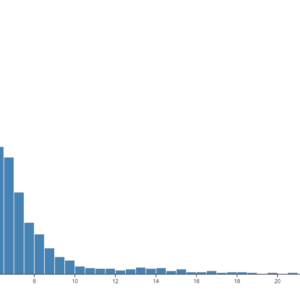
Reviews
There are no reviews yet.